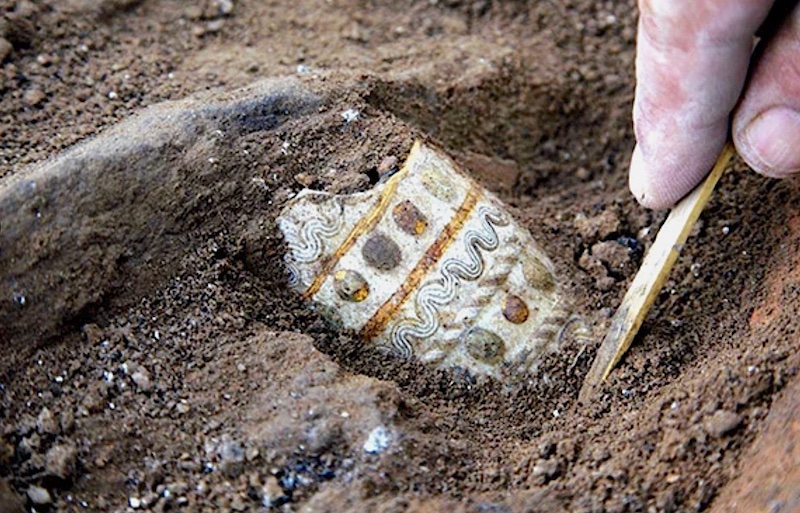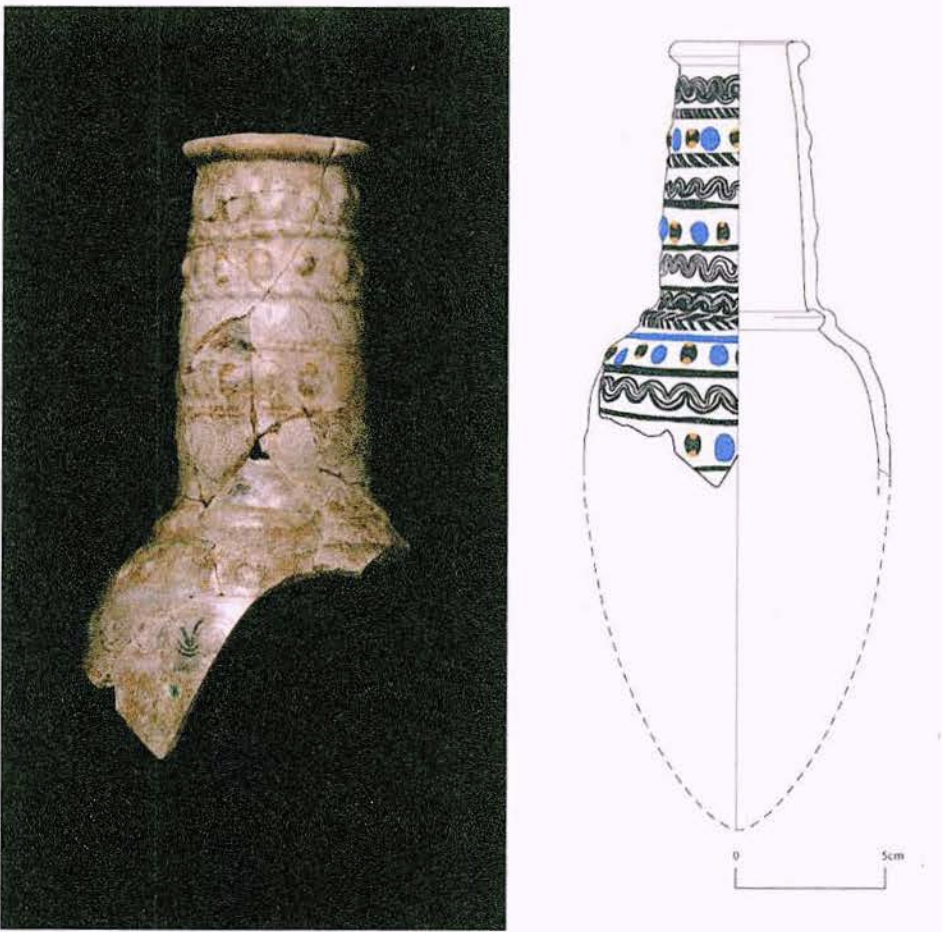Before Rome, Before Greece: Anatolia's Oldest Glass Revealed in Hittite Bklkale

Nestled along the western bank of the Kızılırmak River in central Turkey, the archaeological site of Büklükale continues to astonish researchers with its wealth of ancient artifacts. Among the most remarkable finds from this mid-second-millennium BCE settlement are some of the earliest known examples of glass craftsmanship in Anatolia—revealing the Hittites’ sophisticated material culture and cross-regional influences.
Early Glass Technology in the Heart of Anatolia
In the ruins of Room R14 of the citadel area, archaeologists uncovered a rare, pear-shaped glass bottle and a cobalt-blue disk-shaped pendant. These discoveries date back to the late Karum period or early Old Hittite era (ca. 17th–16th century BCE), representing some of the oldest glass objects ever found in Central Anatolia.
The bottle displays intricate decorative motifs—zigzags and fishbone patterns—consistent with Mesopotamian glass traditions from Nuzi, Assur, and Tell al-Rimah. Such craftsmanship reflects a highly advanced production technique known as core-forming, where molten glass was wrapped around a removable clay core. What’s striking is that isotope analysis suggests this bottle may not have been imported from Syria or Mesopotamia, but rather produced locally—implying the existence of a yet-undiscovered glass workshop in or near Central Anatolia.

The only recovered fragment of the pear-shaped bottle — its 146 mm upper section — features an opaque white base adorned with embedded colored glass pieces and decorative patterns. Credit: Japanese Institute of Anatolian Archaeology.
The Hurrian Influence and the Goddess Ishtar
Even more intriguing is the disk pendant, which shows stylistic parallels with offerings to the Mesopotamian goddess Ishtar. Similar items were discovered in temples at Nuzi and Assur, typically hung on wall pegs as ritual decorations. Their presence in Büklükale suggests not only cultural exchange but possibly direct religious or ceremonial practices linked to Hurrian-Ishtar worship. This supports broader evidence of Hurrian cultural penetration into Central Anatolia during this period, influencing local beliefs and elite identity.
More:
https://arkeonews.net/before-rome-before-greece-anatolias-oldest-glass-revealed-in-hittite-buklukale/

